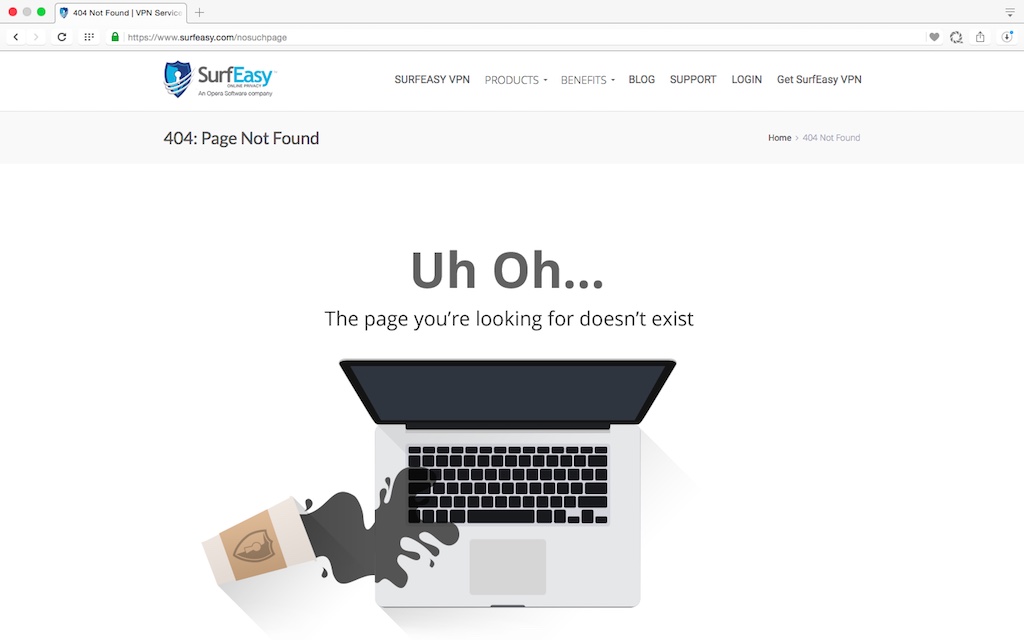Deciphering common HTTP error codes

You’re reading this article – that’s a status code 200 OK! However, we sometimes bump into error messages instead of the requested webpages. They’re typically marked with 3-digit numbers starting either with 4 or 5, for example, “404” or “500”. These are called HTTP error codes.
If you hit one of these codes, the site you’re trying to navigate to is signaling that something went wrong, and you can’t view the actual content right now. Don’t worry – deciphering these errors is fairly easy.
Here’s what the websites are trying to tell you with the most common HTTP error codes:
HTTP error 404: Not found
This is probably the most common one. It means that the page doesn’t exist at the requested address. It could’ve been moved, or it was never created at all. Have you mistyped the URL by any chance? Otherwise, you’ve just clicked an outdated link. If the website has a search box, try to find where that content resides now.
HTTP error 403: Forbidden
In this case, the website has refused to show you the webpage. It basically says “close the tab and don’t come back”. Most often, it happens if there’s a whitelist of computers that can access this page, and yours wasn’t invited to the party.
HTTP error 401: Unauthorized
Similar to error 403, you don’t have permission to see the page. However, this can usually be fixed by logging in.
HTTP error 500: Internal server error
The group of error codes starting with 5 means that something is wrong on the server side. HTTP error 500 is the most generic message and doesn’t give much insight into what exactly went wrong. The good news is that the problem can be temporary, so you can try loading the page later. For example, the site could’ve been getting too many requests, and yours was more than it could handle at the moment.
HTTP error 503: Service unavailable
This means there’s a temporary issue – like overloading or maintenance – – that has made the server unavailable. Most likely, the webmasters are already working on a fix, so you should come back later to try again.
As you can see, most of the HTTP error messages are quite self-explanatory. Most often, the solution is either to double-check the URL or try to load the page later.
Have fun browsing with Opera! We hope you see fewer error codes and more great content.














